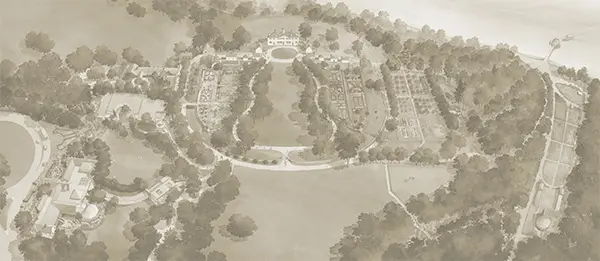This small, colonizing tree produces the largest edible fruit indigenous to the United States. It has dark maroon flowers in the early spring which are pollinated by flies.
Latin Name
Asimina triloba
Family
Annonaceae
Also Known As
Papaw West Virginia Banana Poor Man's Banana
Type of Plant
Bloom Season
April - May
Seasons
Specifications
Uses
Sunlight Exposure
Tolerances
Colors
Native Range
Eastern, southern, and midwestern United States
History
George Washington wrote in his diary on March 7th, 1785 that he, "Planted all my Cedars, all my Papaw, and two Honey locust Trees in my Shrubberies and two of the latter in my groves--one at each 'side' of the House and a large Holly tree on the Point going to the Sein landing."
Other Details
Planted at Mount Vernon




Hardiness Zones












Average annual extreme minimum temperature 1976-2005











Bartlett Tree Expert Company has been working with Mount Vernon Estate since 2011 providing expert arboricultural care and GPS mapping for the estate’s historic trees, as well as support from their research facility. Mount Vernon is proud to partner with Bartlett Tree Experts and appreciates their sponsorship of George Washington’s Mount Vernon Plant Finder App.
Bring Washington's Garden Home
Purchase our historic seeds, collected from plants grown at Mount Vernon and plant them in your own garden.
Shop Now

